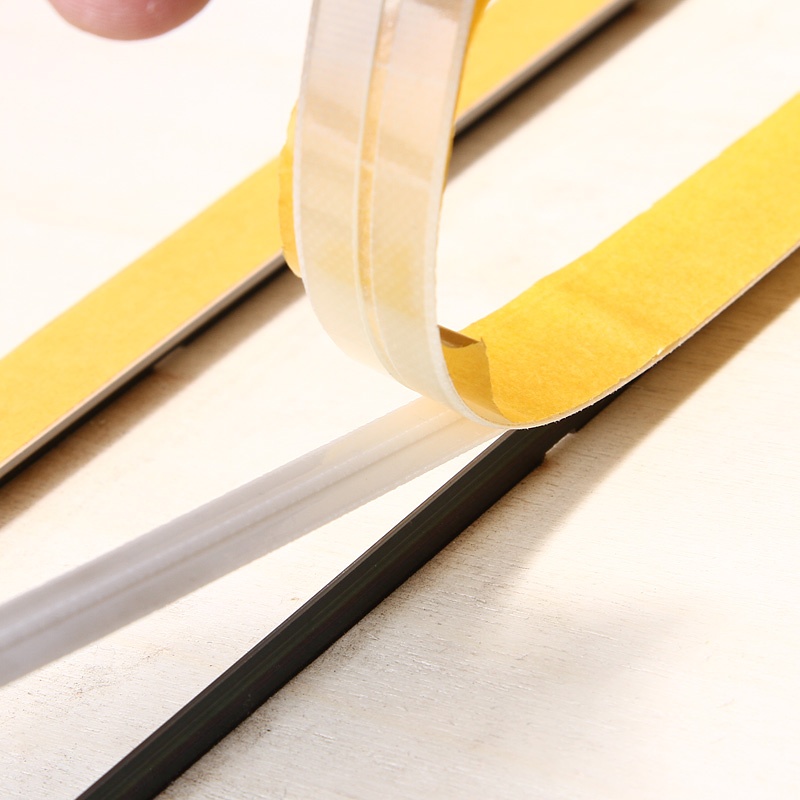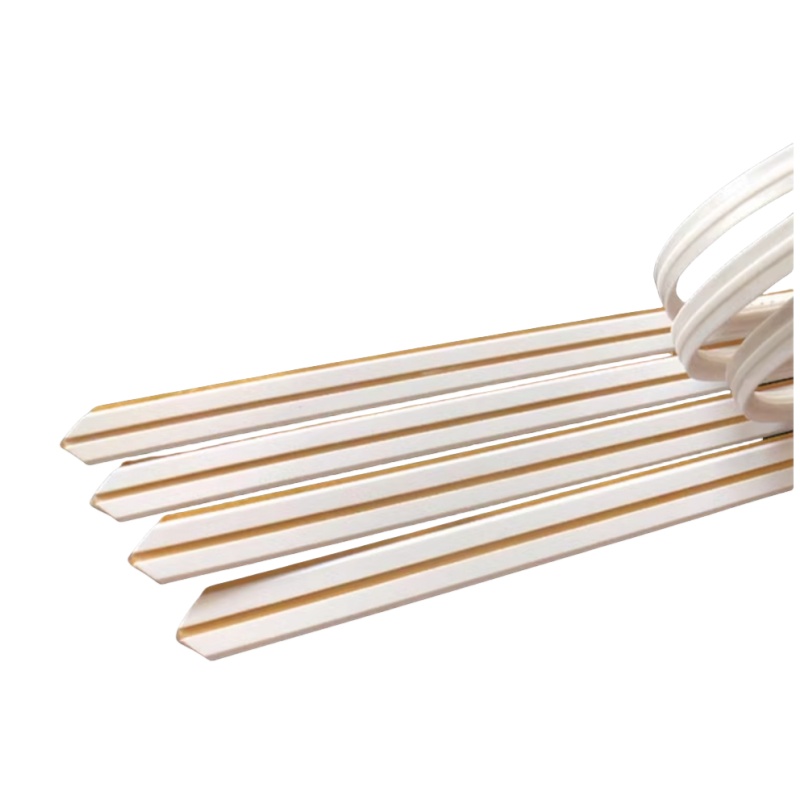
Sheet metal die formation operations are crucial capacity in the creation high-quality modules over a comprehensive grouping of disciplines. The metals exhibit remarkable hardness, empowering them to tolerate intense stresses involved in processing systems. From heavy-duty constructs to technological devices, rule die steel establishes its position in a multitude of markets.
- Transportation parts: Rule die steel is indispensable for crafting precise and detailed units such as cylinders, actuators and enclosures.
- Packaging instruments: The fine detail and endurance of rule die steel make it advantageous for manufacturing detailed surgical instruments.
- Stamping Dies: Rule die steel forms the essential structure of strong tooling and molds used in various manufacturing methods, ensuring uniform product production.
Carefulness Cutting Rules for Detailed Sheet Metal Fabrication
Reaching precision in sheet metal fabrication demands rigorous attention to accuracy, particularly when it comes to slicing. Making use of the right cutting rules is essential to achieving consistent and steady results. First and foremost, selecting the appropriate cutting method for your material thickness and desired edge quality is significant. Options include water jet cutting, each with its own assets. Furthermore, understanding material properties like tensile strength, ductility, and hardness can help prevent warping or damage during the cutting process. Always access a material's datasheet for in-depth guidelines on safe cutting practices.
- Similarly, maintaining sharp cutting tools is crucial for smooth cuts and preventing stress on the sheet metal.
- Heat application the material can reduce thermal stress and improve cut quality in thicker materials.
- To finish, post-processing steps like deburring and edge finishing are essential for achieving a professional and functional product.
Grasping Punch and Die Construction
Punch and die construction is a vital aspect of the metal stamping process. These tools produce metal sheets into various parts by applying targeted pressure. The design and construction of punches and dies strongly influence the standard of the stamped fabrications. A well-constructed punch typically features a hardened steel tip to withstand repeated hits, while the die complements this force with a precisely machined cavity. The connection between these two elements guarantees the consistent transfer of shape and range to the metal sheet. The refinement of punch and die construction can transform based on the specialized requirements of the stamping application. Criteria such as the material thickness, shape complexity, and production volume collectively play a role in determining the blueprint of the tools. Understanding these fundamental principles of punch and die construction is pivotal for anyone involved in the metal stamping industry. From operators to operators, a solid grasp of this subject can cause to increased efficiency, product quality, and overall success.Accurate Folding through Creasing Tools
When it comes to achieving precise folding in the realm of fabrication and material processing, creasing matrices emerge as a important element. These specialized tools, often crafted from rigid materials like titanium, are strategically designed to impart distinct creases into sheets or substrates. By exerting controlled pressure at specific points along the material's surface, creasing matrices effectively predefine fold lines that guide subsequent bending operations. This pre-creasing process markedly enhances folding accuracy, resulting in more uniform and well-formed final products.
- The precise nature of creasing matrices allows for the production of delicate folds and designs.
- They can be customized to accommodate a wide range of material thicknesses and properties.
- Creasing matrices play a vital role in industries such as paper manufacturing, cardboard packaging, and printed circuit board fabrication.
Ultra-High Rule Die Steel for Motor Industry
The car business is continuously seeking materials that can withstand the rigorous conditions of manufacturing and functionality. Clearly, high-speed rule die steel has emerged as a crucial asset due to its exceptional features. This compound exhibits notable hardness, wear resistance, and toughness, making it ideal for producing intricate automobile parts.
- In addition, its ability to maintain these properties at elevated temperatures promotes efficient production processes.
- Applications of high-speed rule die steel in the automotive industry are diverse.
- Instances include cutting tools, molds for plastic components, and dies used in sheet metal stamping.
Fine-Tuning Rule Die Steel Hardness for Cutting Performance
Achieving optimal cutting performance with rule die steel hinges on carefully electing the appropriate hardness level. A proportion between hardness and ductility is fundamental to ensure both fineness of the cutting edge and resistance to degradation. Robust steels can withstand increased cutting forces and resist deformation, leading to longer tool life. However, excessively hard steels may become brittle and prone to splintering, compromising the integrity of the cutting process.
- Elements like material being cut, cutting speed, and feed rate all impact the ideal hardness range.
- Employing annealing can effectively modify the hardness of rule die steel.
Understanding the relationship between hardness and cutting performance allows for maximization of tool life, surface finish, and overall cutting efficiency.
Essential Punch Design Factors by Material
When designing punches for material processing, several imperative considerations must be taken into account. The type of material being punched significantly determines the punch design. For instance, hard materials like steel require punches with reinforced edges to effectively penetrate and deform the material. Conversely, flexible materials like aluminum can be punched with punches featuring delicate geometries to minimize edge damage and ensure clean cuts. In addition, factors such as the material's thickness also play a role in punch design. Thicker materials often necessitate larger punch diameters and increased energy for successful piercing. Understanding the material's characteristics is essential to select an appropriate punch material and geometry that ensures optimal performance and minimizes tool wear. All in all, a well-designed punch should effectively deform the material while minimizing deformation, damage, and tooling wear.Sharpening and Maintenance of Cutting Dies
Maintaining cutting dies in peak condition is key for ensuring accurate and efficient die-cutting operations. Over time, the cutting edges of dies can become dull or damaged, leading to inconsistent cuts, material waste, and increased production costs. To maximize die lifespan and optimize cutting performance, it's imperative to follow a regular sharpening and maintenance schedule.
- Regularly inspect cutting edges for signs of wear, such as chipping or rounding.
- Implement specialized sharpening tools designed for die-cutting applications.
- Clean dies thoroughly after each use to remove debris and prevent rust buildup.
- Store dies in a clean, dry environment when not in use to protect them from corrosion.
By adhering to these best practices, you can extend the life of your cutting dies and preserve consistent, high-quality die-cutting results.
How to Choose Rule Die Steel According to Application
When choosing rule die steel, consider its function. Various types of rule die steel succeed in different applications due to their unique properties. For example, high-carbon steel is suited for durable rule dies used in demanding applications like mechanical production. On the other hand, tool steels with improved elements are often employed when durability is paramount.
- Discuss a reputable rule die steel distributor to find out the best grade for your specific needs.
- Criteria like assembly method, production volume, and environmental conditions all govern the ideal rule die steel optioning.
Keep in mind that proper maintenance and lubrication can significantly amplify the lifespan of your rule die steel, regardless of its type.
Precision Creasing Matrix for Packaging Applications
In the realm of specialized packaging design, precision is indispensable. A first-rate creasing matrix plays a vital purpose in ensuring clean, precise creases that enhance the professional look of packaged products. These matrices are meticulously engineered from durable materials like steel or carbide, and they come in various styles to accommodate diverse packaging criteria.
The exactness of a creasing matrix directly impacts the appearance of the finished package. A well-maintained pattern making matrix will result in uniform creases that not only improve the product's visual presentation but also contribute to its robustness.
- Elements to consider when choosing a creasing matrix include the sheet of the packaging, the required prominence, and the amount of production.
- Periodic maintenance of the creasing matrix is crucial to support its accuracy and boost endurance.
- Focusing in a high-quality creasing matrix can be a smart decision for any packaging operation, as it contributes to the output of the production process and enhances the overall appeal of the finished product.
Case Studies: Successful Implementation of Rule Die Steel Leverage
A compelling array of case studies illustrate the remarkable efficacy of rule die steel across diverse industrial applications. From the demanding realm of automotive manufacturing to the intricate world of electronics production, these real-world examples project the transformative power of this advanced material. Corporations have leveraged rule die steel to achieve notable improvements in product quality, generation efficiency, and overall procedural resilience.
- One notable case study centers on a leading manufacturer of aerospace components, where the implementation of rule die steel caused a pronounced reduction in part defects and an improved production cycle time.
- In another instance, a renowned electronics manufacturer successfully deployed rule die steel to fabricate intricate circuit boards with unprecedented precision and accuracy, facilitating a impressive improvement in product reliability.
These case studies provide irrefutable evidence of the flexibility of rule die steel as a solution for satisfying the tough requirements of modern industries.
